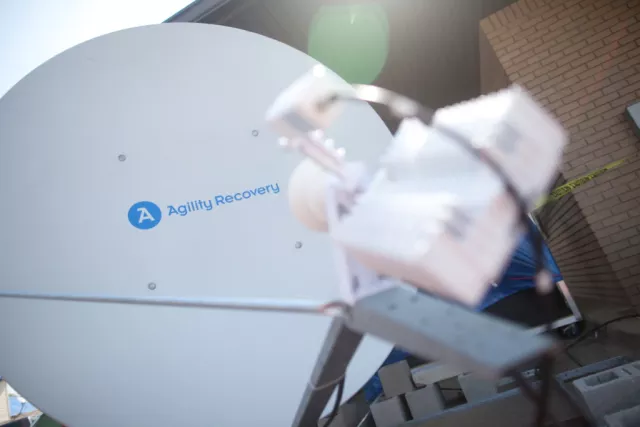3 Secrets to Unlocking Management Team’s Support for Business Continuity

Often, employees find it challenging to prove to management the necessity of having a disaster recovery/business continuity plan. Although management may find it somewhat important, excuses such as lack of time, money, or even interest may prevent them from really listening. If you’re among the many that are looking for support from management, these three steps could go a long way to help get your initiatives pushed through.
Secret #1: Determine their Risk Tolerance
Everyone in management should understand the basic principles of risk management. Although everyone has an individual bias towards how they respond to the risks that face their organization, there should be an overall consensus about your organization’s risk tolerance. You must understand the tolerance of your organization, so you know how to appropriately spend your time and energy preparing an optimal recovery solution.
Before approaching your team, consider examples of different threats that could occur to your organization and consider the impact (risk) those disasters could have over the following:
- Reputation (impacts credibility to customers and vendors)
- Revenue (losses and costs of an outage)
- Responsibility (to customers, shareholders, employees and/or community)
- Requirements (audits that require a plan in place)
- Regulation (government or industry standards that require a recovery strategy)
Secret #2: Determine the ROI on establishing a plan
Once you’ve analyzed these aspects, often referred to as the 5 Rs of Risk, your next step should be to determine the return on investment (ROI) of having a plan in place. Management will most likely require hard numbers that will illustrate how the time and money invested in this program will outweigh the potential losses if any type of a disaster were to occur.
Understanding how having a current document or tested recovery strategy can help you grow revenue, maintain requirements or regulations within your industry, or better position your organization for your employees and community following a disaster, are just a few examples of the “return” a successful business continuity strategy can have.
Secret #3: Present a “program”, not a project
When you’re ready to sit down with management and present your case, don’t ask for a simple “test.” At this point, you’ve put the work in and deserve to request a program, a program that will not only help your organization get prepared but stay prepared. Here are a few essential elements to have in your program:
- A Crisis Management Team – This should be comprised of members of senior management and representation from each critical department
- A Recovery Plan – A central repository with information you’ll need to reference to successfully recover your organization
- A Budget – This should include at least one annual test, such as a 2-hour mock recovery drill to practice and keep your plan(s) up-to-date
To help get you started with unlocking managements support, download Agility’s Definitive Guide to Disaster Planning to identify threats to your organization and where to focus your mitigation effort.



